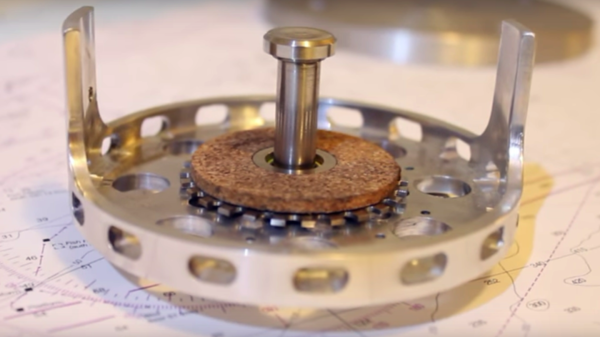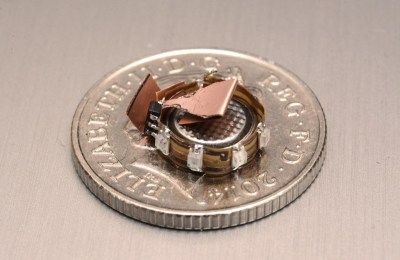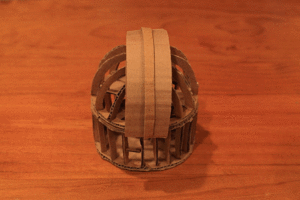For those of us who can’t get enough vicarious machining, YouTube is becoming a gold mine. Intricate timepieces, gigantic pump shafts, and more and better machine tools are all projects that seem to pop up in our feed regularly.
With all that to choose from, can a series on building a fly fishing reel actually prove interesting? We think so, and if you enjoyed [Clickspring]’s recently completed pedestal clock, you might just get a kick out of what’s cooking in [JH Reels]’ shop. Comparing any machining videos to [Clickspring]’s probably isn’t very fair, but even with a high bar to hurdle, [JH Reels] comes out looking pretty good. The challenge here is that this is a saltwater fly reel, so extra care with material selection and machining methods ought to make for some interesting viewing. Also of interest is the range of tooling needed to produce the reel. From lathe to mill to waterjet cutter, a lot goes into these parts, and watching them come together is fascinating.
You wouldn’t think a seemingly simple mechanism like a fly reel would be so complicated to build. But there’s a lot more to it than meets the eye, and with a reel that’s clearly destined to be an heirloom piece, [JH Reels]’ attention to detail is impressive. The series currently stands at 10 videos, and we’re keen to see how it turns out.
The first video is posted below to whet your appetite. But if machining and fishing don’t do it for you, maybe you can try drones and fishing instead.
Continue reading “Video Series Shows Custom Machined Fly Reel”






 His design started with a cardboard model, and has a downstairs room upon which sits a rotatable dome with two sliding sections to form the observation window. The original observatory’s concrete pillar on which the telescope mount stood remained post-demolition, and a larger concrete pad was laid. There followed the assembly of a steel frame with a skeletal dome able to rotate on rollers, followed by cladding with steel sheet. The dome cladding was done in segments marked against the dome steelwork and cut to shape.
His design started with a cardboard model, and has a downstairs room upon which sits a rotatable dome with two sliding sections to form the observation window. The original observatory’s concrete pillar on which the telescope mount stood remained post-demolition, and a larger concrete pad was laid. There followed the assembly of a steel frame with a skeletal dome able to rotate on rollers, followed by cladding with steel sheet. The dome cladding was done in segments marked against the dome steelwork and cut to shape.











